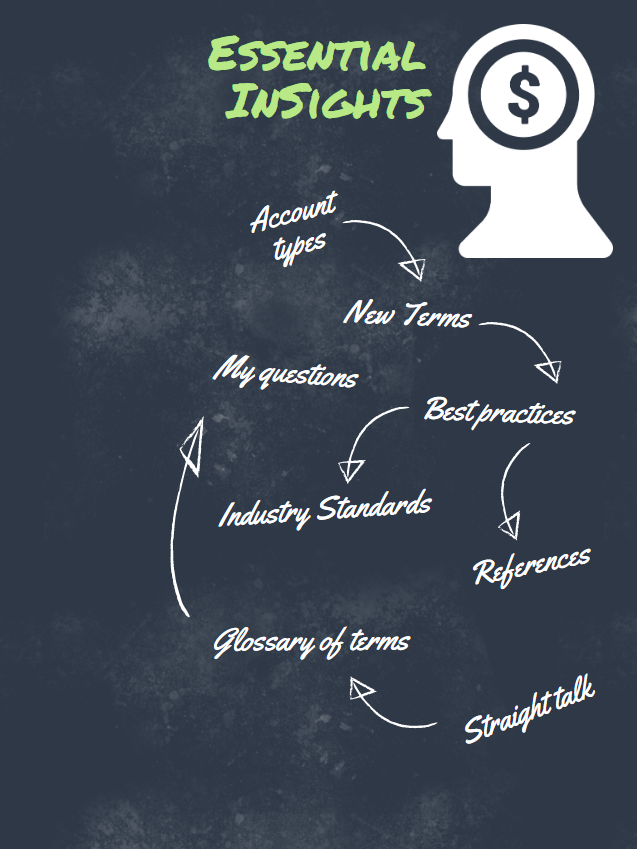A fiduciary is a person or organization that acts on behalf of another person or persons. They at all times must put their clients’ interest ahead of their own. Being a fiduciary thus requires being bound both legally and ethically to act in the other’s best interests, and having a documented process that reflect and enshrines this standard. Registered investment advisors have a fiduciary duty to clients. Alternatively, broker-dealers, insurance companies, and financial advisors just have to meet the less-stringent suitability standard, which doesn’t require putting the client’s interests ahead of their own. This gap in their understanding of the duty to the client is what causes contamination in the client-advisor relationship.
The Difference between suitability and fiduciary:
Investment advisers and investment brokers, who work for broker-dealers, both tailor their investment advice to individuals and institutional clients. However, they are not governed by the same standards. Investment advisers work directly for clients and must place clients’ interests ahead of their own, according to the Investment Advisers Act of 1940. The majority of advisors, particularly those selling packaged financial products like insurance and mutual funds access simply meet the suitability standard. Meaning, that the products are an appropriate fit for other investors ‘like’ you and the due diligence ends there. This suitability standard is loosely defined as making recommendations that suit the best interests of their client. That is notably different from a standard of without conflict of interest. So while investments A and B might both suitable, A pays the advisor a substantial fee and is thus recommended more frequently and to a wide selection of clients.
The law however has gone further to define what a fiduciary means, and it stipulates that advisers must place their interests below that of their clients. It consists of a duty of loyalty and care and generally is accompanied by a professional code of conduct that includes:
- Employ and provide the client information on the Prudent Practices when serving as an investment fiduciary and/or advising other investment fiduciaries.
- Act with honesty and integrity and avoid conflicts of interest, real or perceived.
- Ensure the timely and understandable disclosure of relevant information that is accurate, complete, and objective.
- Be responsible when determining the value of my services and my form of compensation; taking into consideration the time, skill, experience, and special circumstances involved in providing my services.
- Know the limits of my expertise, and refer my clients to colleagues and/or other professionals in connection with issues beyond my knowledge and skills.
- Respect the confidentiality of information acquired in the course of my work, and not disclose such information to others, except when authorized or otherwise legally obligated to do so. I will not use confidential information acquired in the course of my work for my personal advantage.
- Not exploit any relationship or responsibility that has been entrusted to me.
There are three quick tests to determine if an advisor is a fiduciary:
- are they compensated at different ‘rate’ for any of their products
- are they encouraged though compensation or organizationally, to keep assets in a particular fund, strategy, or asset class
- are the fees solely paid by the client

